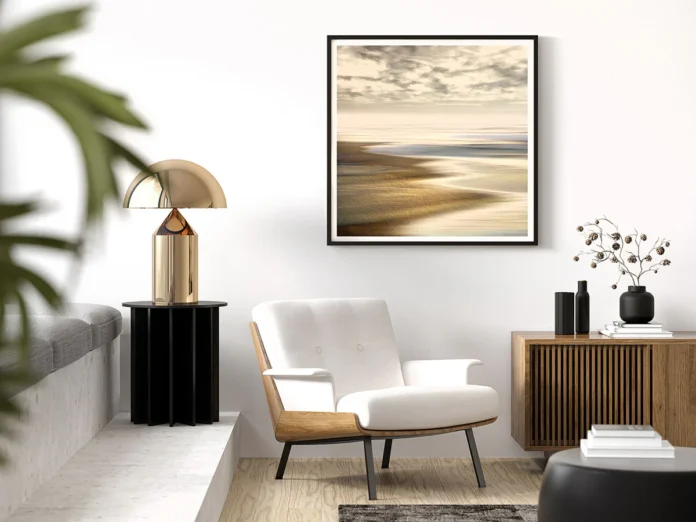Interior design is more than just creating aesthetically pleasing spaces; it’s a powerful tool that can significantly impact our emotions and overall well-being.
From the colors on the walls to the layout of the furniture, every element of interior design plays a role in shaping how we feel within a space.
Whether you’re designing a cozy living room or a productive office, understanding how different design choices affect mood can help create environments that enhance happiness, relaxation, and efficiency.
The Influence of Colors
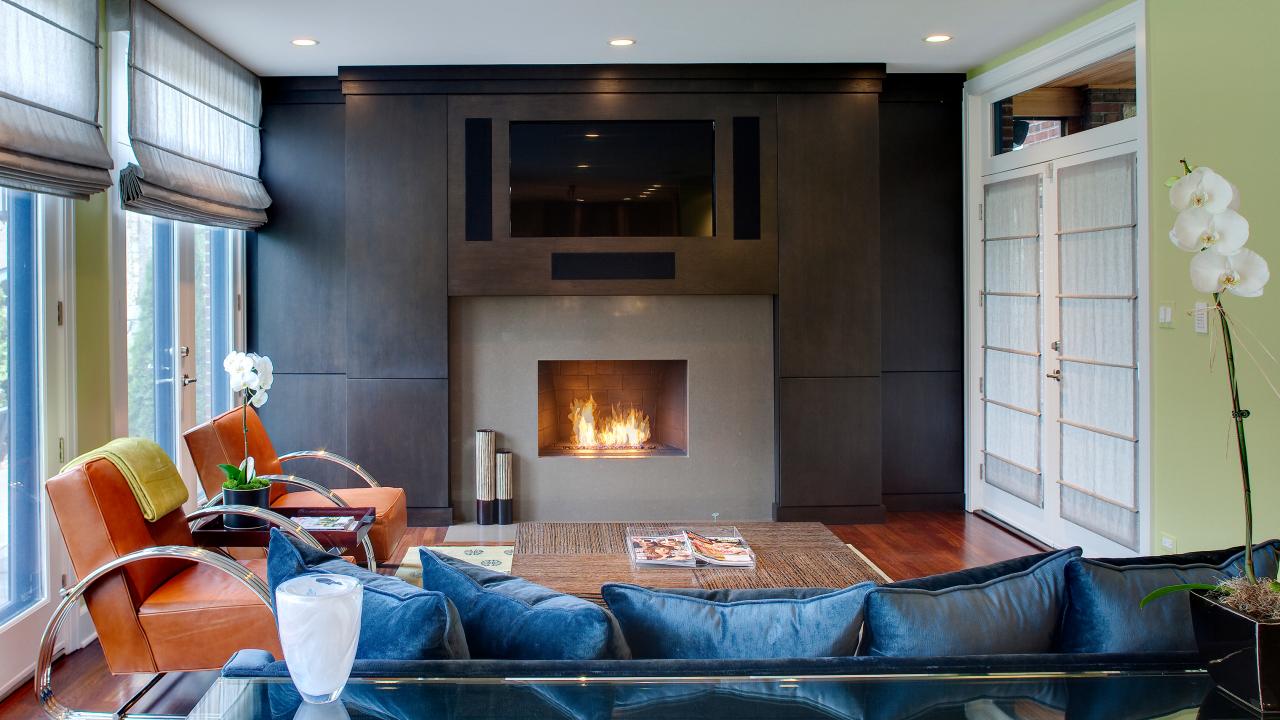
Colors are one of the most influential elements in interior design. They have the power to evoke specific emotions and set the tone for a room.
For instance, warm colors like red, orange, and yellow can create feelings of warmth and comfort, but they can also evoke excitement and energy.
On the other hand, cool colors like blue, green, and purple are known for their calming and soothing effects.
Take “Meyer Blue” as an example. This sophisticated shade of blue is perfect for creating a serene and tranquil atmosphere, making it an excellent choice for bedrooms or living spaces where relaxation is a priority. You can learn more about the impact of this particular color and how to incorporate it into your home at Meyer Blue.
Lighting and Ambiance
Lighting is another crucial factor in interior design that can dramatically affect mood. Natural light is known to boost mood and energy levels, making spaces feel more open and inviting. Rooms with ample natural light tend to feel more spacious and are generally more pleasant to be in.
Artificial lighting also plays a key role. Soft, warm lighting can create a cozy and intimate atmosphere, ideal for relaxation and unwinding. Conversely, bright, white lighting is often used in workspaces to increase alertness and concentration.
Adjustable lighting options, such as dimmers, allow for greater control over the ambiance of a room, making it easy to switch between different moods and activities.
The Psychology of Space
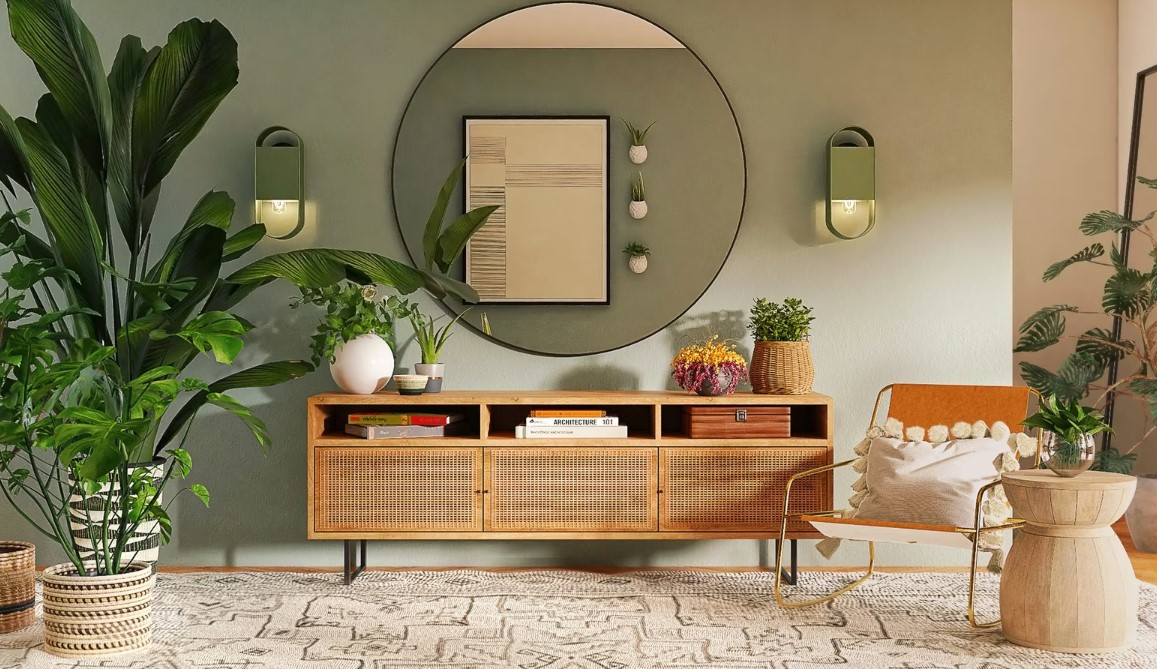
The way a space is arranged can greatly influence how we feel within it. A well-organized and clutter-free room can promote a sense of calm and order, while a chaotic and cramped space can lead to feelings of stress and anxiety.
The concept of “flow” in interior design refers to the ease with which one can move through a space. Good flow can make a space feel more comfortable and functional.
Furniture placement is key to achieving good flow. Arranging furniture in a way that facilitates easy movement and conversation can make a room more inviting and comfortable. In contrast, blocking pathways and creating obstacles can lead to frustration and discomfort.
Textures and Materials
Textures and materials also contribute significantly to the overall feel of a space. Soft, plush materials like velvet and faux fur can add a sense of luxury and comfort, while natural materials like wood and stone can bring a touch of nature indoors, promoting a feeling of warmth and grounding.
Incorporating a variety of textures can add depth and interest to a room, making it more engaging and stimulating.
However, it’s important to strike a balance to avoid overwhelming the senses.
For example, combining smooth, hard surfaces with soft, tactile elements can create a harmonious and inviting environment.
Personalization and Identity
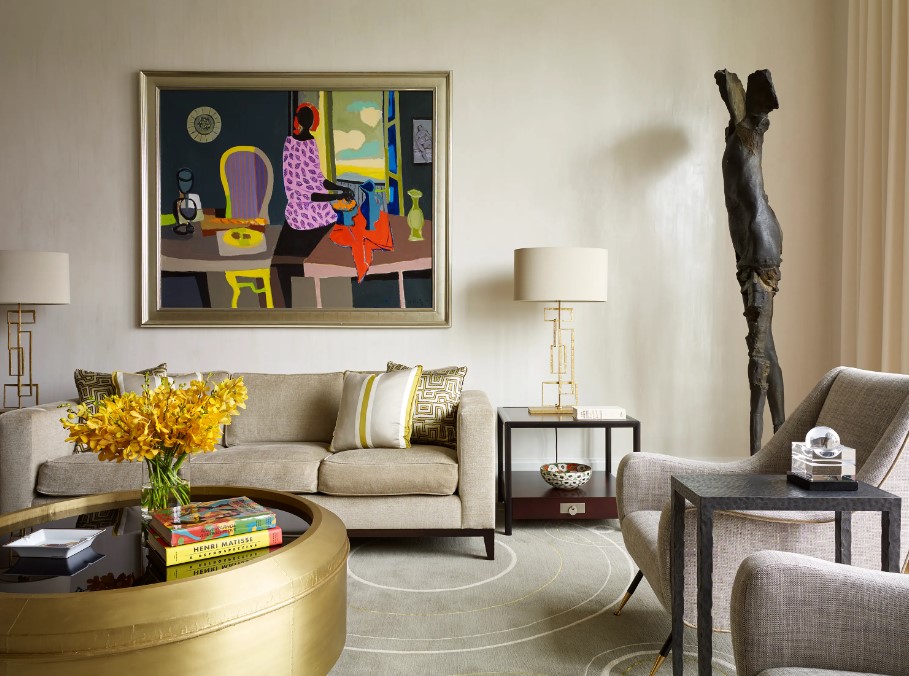
Personalization is an essential aspect of interior design that can greatly affect mood. Spaces that reflect personal tastes and identities tend to feel more comfortable and meaningful. Adding personal touches, such as family photos, artwork, or souvenirs from travels, can create a sense of connection and belonging.
Customizing a space to fit individual needs and preferences can enhance comfort and satisfaction. Whether it’s a reading nook filled with favorite books or a workspace designed for optimal productivity, personalized design elements can make a space truly feel like home.
The Role of Nature
Incorporating elements of nature into interior design, a concept known as biophilic design, has been shown to have numerous benefits for mental health and well-being. Plants, natural light, and water features can all contribute to a calming and restorative environment.
Houseplants not only improve air quality but also add a sense of vitality and freshness to a space. Views of nature, whether through windows or artwork, can reduce stress and enhance feelings of relaxation. Using natural materials, like wood and stone, can also create a more organic and grounding atmosphere.
Sound and Acoustics
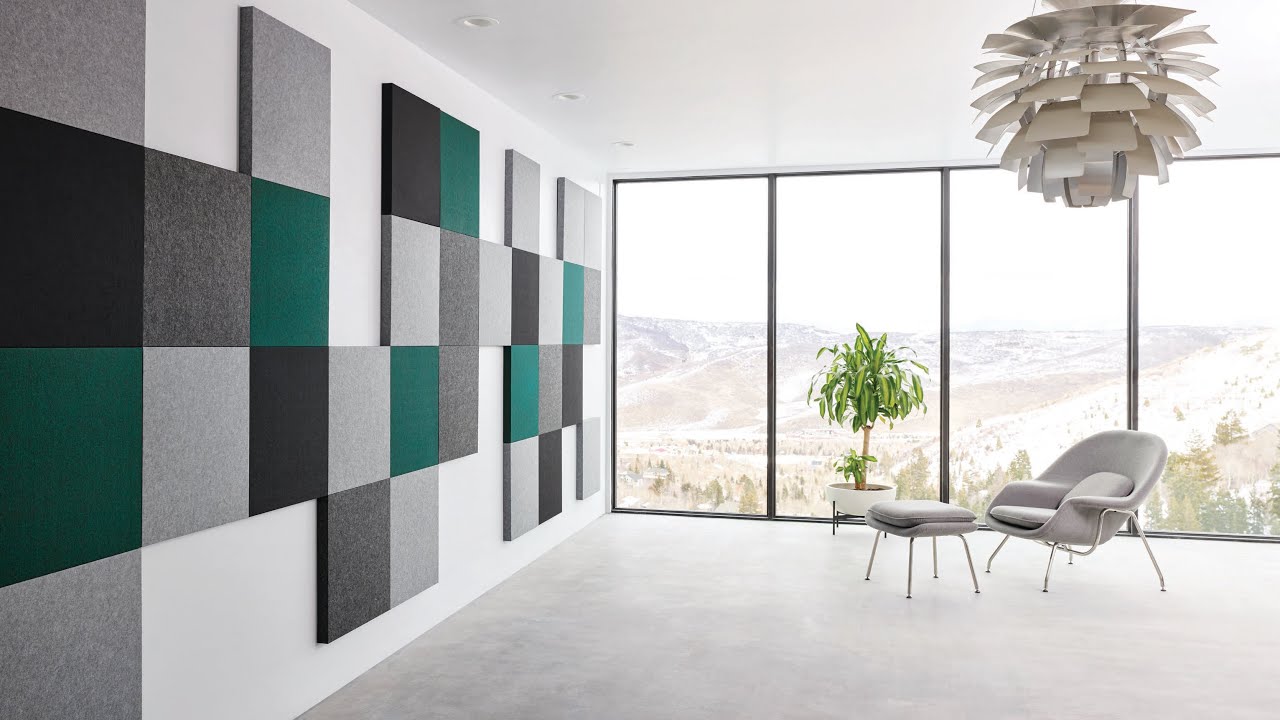
Sound is an often-overlooked element of interior design that can greatly impact mood. Poor acoustics can lead to increased stress and difficulty concentrating, while good acoustics can enhance comfort and productivity.
Soft furnishings, carpets, and curtains can help absorb sound and reduce noise levels, creating a quieter and more peaceful environment. Additionally, the use of soundscapes, such as gentle background music or nature sounds, can enhance the ambiance and mood of a space.
Art And Decor
Art and decor are powerful tools in interior design that can significantly influence mood and personal expression. The choice of artwork, sculptures, and decorative items can reflect individual tastes and evoke various emotions.
For instance, vibrant and dynamic art pieces can energize a room and stimulate creativity, while serene and minimalist decor can promote relaxation and focus.
Selecting art that resonates with personal experiences or aspirations can create a deeper connection to the space, making it feel more intimate and meaningful.
Thoughtfully curated decor not only enhances the aesthetic appeal of a room but also contributes to a more engaging and emotionally enriching environment.
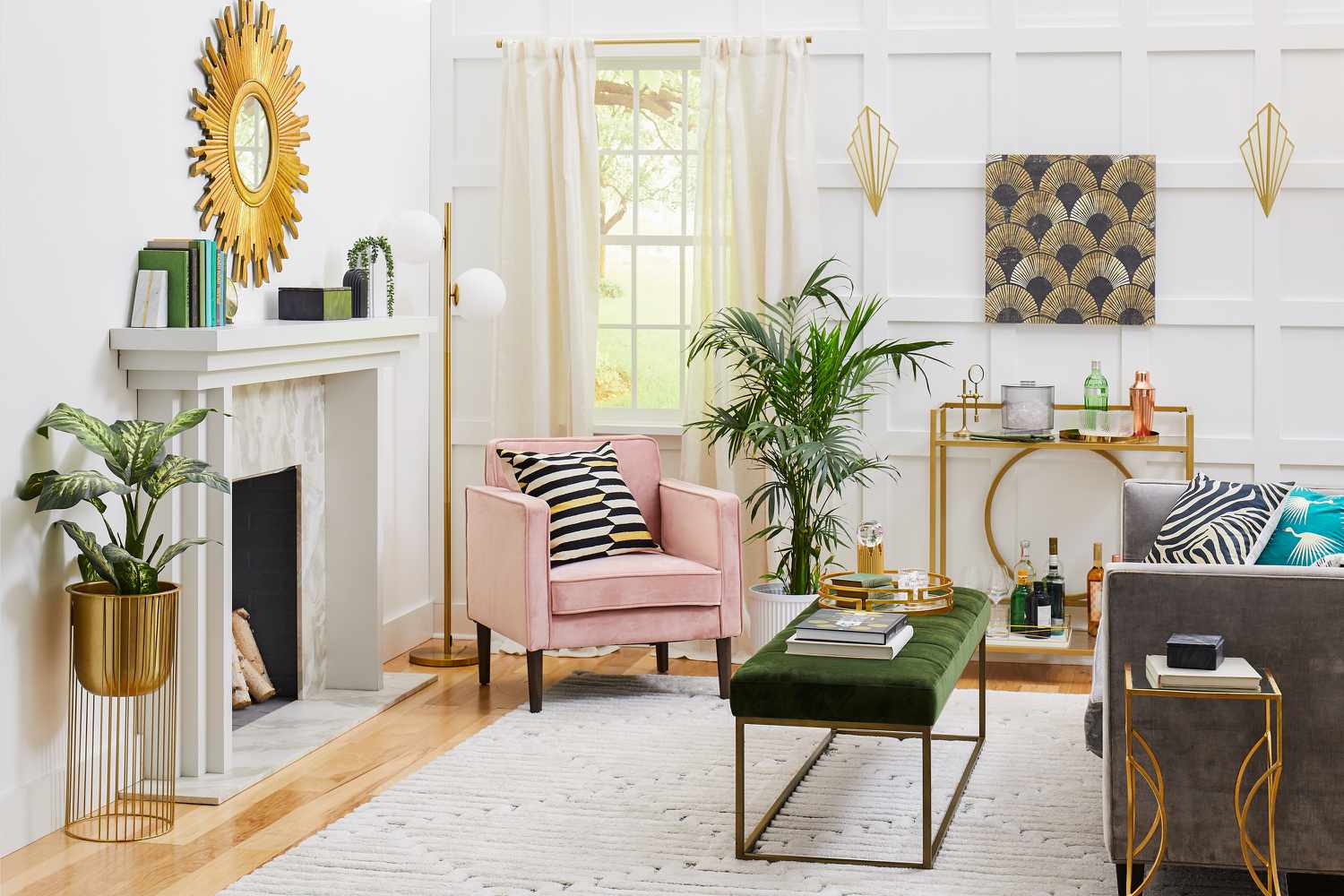
Conclusion
Interior design is a powerful tool that can shape our emotions and well-being. From colors and lighting to textures and personalization, every design choice has the potential to impact how we feel in a space.
By understanding the psychological effects of these elements, we can create environments that not only look beautiful but also promote happiness, relaxation, and productivity.
Whether you’re designing a new home or refreshing an existing space, consider how each design decision will affect the mood and atmosphere. With thoughtful planning and attention to detail, you can create interiors that truly enhance your quality of life.

